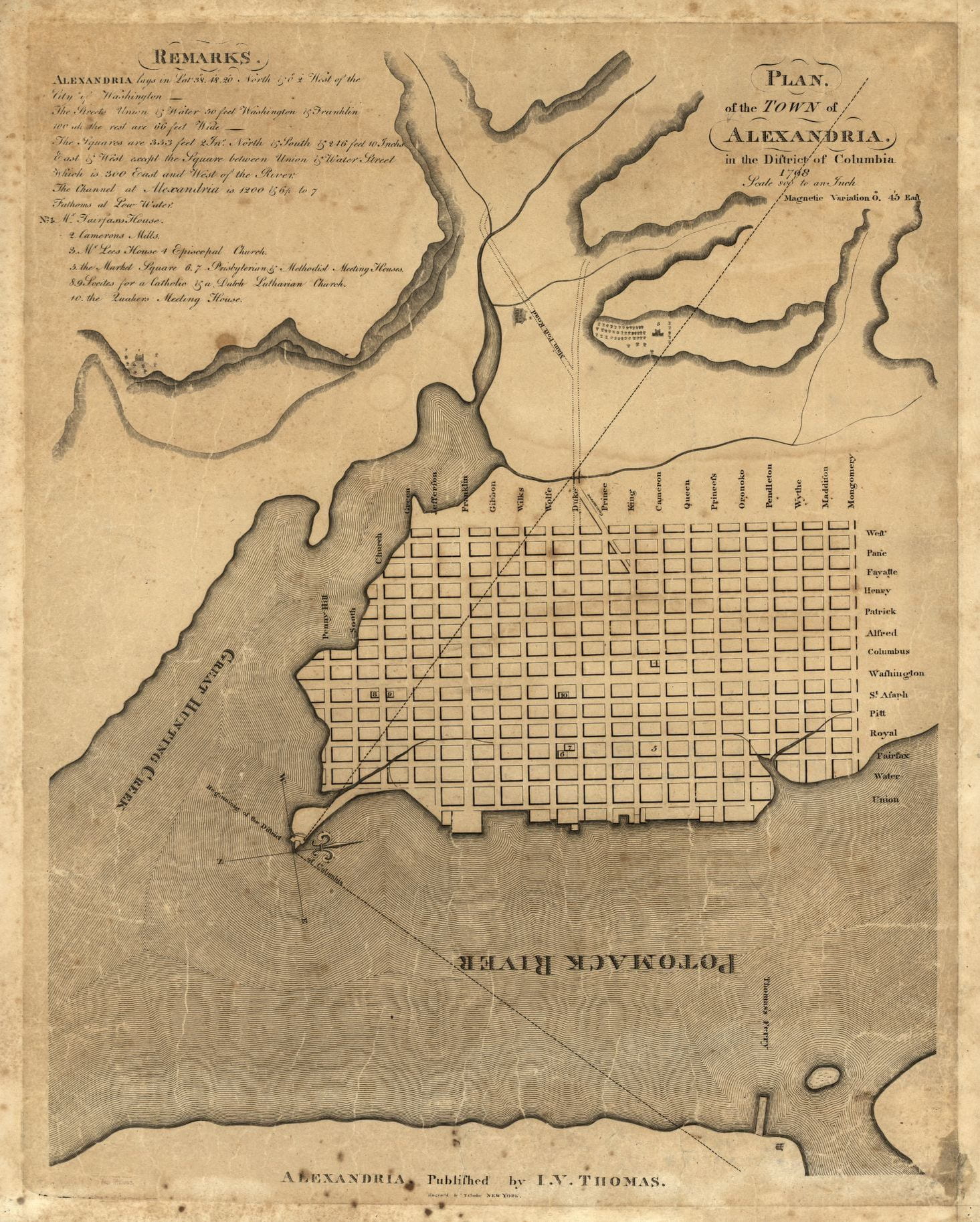
Transcripts from the “Freedom Petitioners’” Campaign – Grant Stanton
In this post, EAS author Grant Stanton transcribes and collects for the first time all of the documents produced by a group of Black men in Boston who petitioned for the abolition of slavery in Massachusetts during the American Revolution. This includes four petitions and a memorial formally submitted to the Massachusetts General Court between 1773 and 1777; a circular letter sent to individual representatives and towns throughout the colony…





